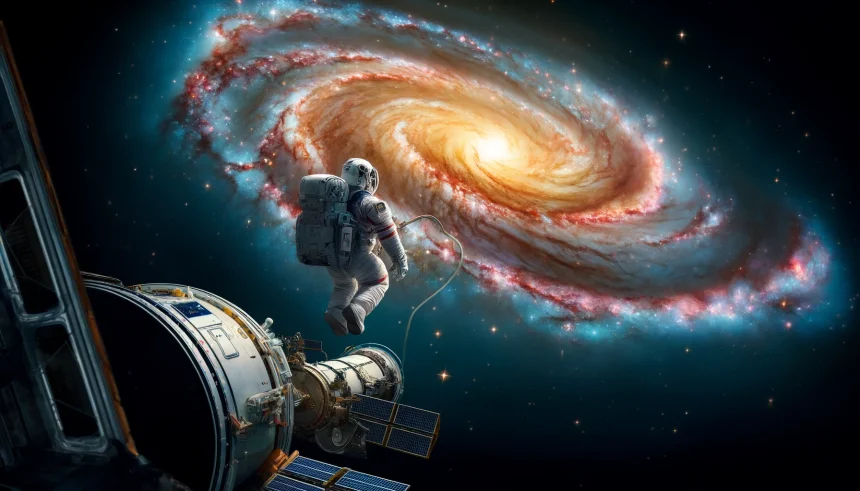The Vera Rubin Observatory (VRO) is poised to revolutionize our understanding of the cosmos when it initiates its operations in January 2025. After nearly a decade of construction, the observatory will commence its Legacy Survey of Space and Time (LSST), aiming to image the entire visible sky every few nights. This extensive survey will delve into dark energy and dark matter, map the Milky Way, and identify transient astronomical events and small Solar System objects such as Near Earth Objects (NEOs). The observatory’s unique capabilities are expected to significantly enhance NEO detection rates, uncovering approximately 130 NEOs per night, according to recent research.
Previous studies highlighted the difficulties in cataloguing NEOs, with NASA making strides yet facing obstacles in identifying all potential threats. While traditional telescopes capture NEOs through immediate follow-up observations, the LSST’s automated survey method might delay the identification of hazardous objects. This challenge is underscored by the fact that some NEOs, about one-fifth, can shift orbits post-detection, increasing collision risks with Earth. Potentially Hazardous Asteroids (PHAs) are of particular concern as they are large enough to penetrate Earth’s atmosphere and cause significant damage.
Innovative Detection Techniques
The LSST will primarily employ a method known as “tracklet linking,” which involves identifying objects based on multiple observations over a period. This technique can effectively group observations of the same object, but may delay urgent detections until multiple sightings confirm an object’s path. The observatory’s automated nature limits its ability to conduct rapid back-to-back imaging, unlike other telescopes that can instantly follow up on potential threats.
Simulating NEO Detection
Researchers have simulated LSST operations to test the efficiency of its detection algorithms. By predicting re-detections within the LSST’s overlapping fields, they hope to alleviate some of the follow-up observation workload. This approach involves comparing initial observations to known Solar System orbits using a computer algorithm, digest2, to estimate the likelihood that an object is a NEO. Despite initial impurities in candidate samples, purity and submission rates stabilize over time, suggesting that this predictive algorithm could significantly streamline the process.
Given the LSST’s potential to increase the submission rate to the NEO Confirmation Page (NEOCP) by a factor of eight, managing the immense data flow will be crucial. The observatory is expected to generate about 200 petabytes of data over its decade-long mission, necessitating advanced data management strategies. Such innovations are critical as understanding and mitigating the threat posed by NEOs remains a priority.
Reflecting on earlier publications, the emphasis has often been on enhancing detection capabilities and follow-up infrastructure. While previous efforts have yielded considerable progress, the LSST presents an unprecedented scale of data acquisition and analysis. This leap forward underscores the need for continuous improvement in detection algorithms and collaborative efforts within the global astronomical community to ensure timely and accurate NEO identification.
The Vera Rubin Observatory’s LSST is set to transform NEO detection by significantly increasing daily identification rates. However, this influx will require robust follow-up strategies to manage the data effectively. As the observatory prepares for its first light in 2025, its contributions will be pivotal in advancing our planetary defense mechanisms against potential asteroid impacts.










